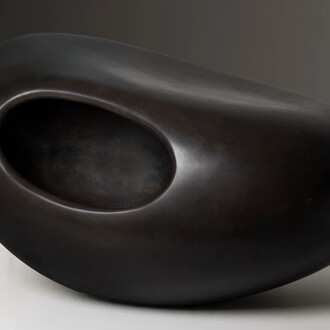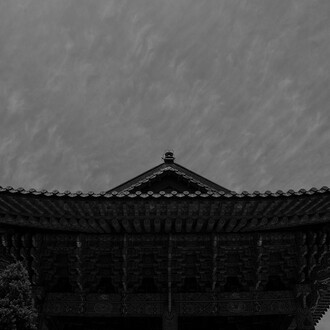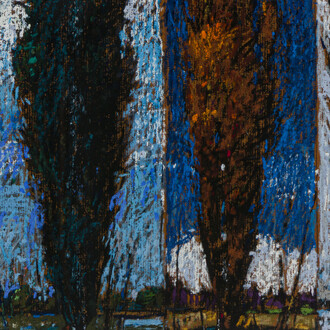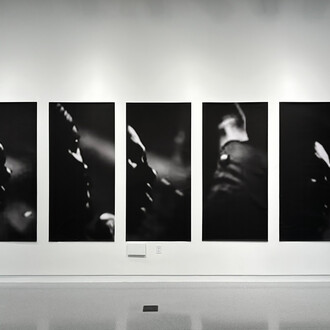Ippodo Gallery is pleased to present a solo exhibition of Daisuke Nakano (b. 1974, Kyoto). He is a Nihonga-trained painter whose passion for the natural world evolved into his signature style, celebrated as a thorough exploration of Japanese artistic motifs. The exhibition will be on view from March 7 to April 6 at our 12 East 86th Street location, #507, in tandem with Asia Week New York 2019. Nakano’s works are immersive, celebratory pieces which revel in the magic of nature. He leaves no room for empty space, covering the surface with a unique combination of Nihonga (traditional Japanese painting) and whimsical self-expression. The result is wonderfully sensory, captivating the viewer in a mysterious dreamworld.
The artist completed his training in Nihon Hyogen Ha-Ten (Japanese expressionism), which led to his first exhibition at the tender age of just 19. Through the decades, his expertise has allowed for experimentation: with the foundation of the more expected Japanese styles, he added his own surprises. Some of Nakano’s signatures have long included animal and snowfall motifs: the eyes of a Japanese marten, the softness of snowfall, and the thick coverage across a full canvas. One example, called “Snowy World“, features marten in a bright landscape, punctuated most powerfully by the red bursts of holly cascading from the branches of the arching trees. The snow-covered scene is beset with bright green leaves, emerging slyly beneath the heavy heaps of white. It is a testament to his expert harness of scale and color, of imagination and serenity. Each work has this impact in its expression of nature. They come to life against the flat silver or gold screen of the byobu, the Japanese word for folding screens. Because these screens were originally used to divide rooms, the flatness was necessitated by their positioning: in the traditional Japanese home, the viewer gazes at the screen from the low position of on the tatami mat, so reflections and depth would be a distraction beyond the flicker of natural light on the silver and gold. As the tradition evolved, byobu grew increasingly decorative and monumental, often created by Japan’s greatest artists.
But more recently, and most excitingly, Nakano has delved deep into his study of flowers. In “Playful Drama Under a White Moon”, birds fly across a landscape framed by a variety of brilliant blooms, each adding to the symphony of the composition with elegance and grace. Each animal has its own spirit. The slither of the swimming carp and the maternal embrace of the monkey astound beside the proud peacock and the prancing deer. Whereas animals in the western are painted anatomically, in Japan, the expression of the painter emerges in their characterization. The paintings are an expression of the cycle of nature and a prayer to the gods for its preservation.
This is coupled with the landscape’s charm: through the petals of the peony or the soft dapples of holly, the heartbeat of nature runs rhythmic through the Nakano compositions. The burst of each bloom is its own wonderful universe. Ritualistic in their repetition and explosive in their expression, his mastery captures the pulsating energy of nature’s great power. Japanese painting seeks to coexist with the nuance of nature, and to share it with posterity.
Ippodo Gallery has remained devoted to the importance of nature’s majesty since its inception in 1996, marrying the worlds of Japanese reverence with the New York lifeblood of impactful and high-quality works. The New York gallery space opened in 2008, and continues to bring distinct and meaningful Japanese art to a Western audience on the Upper East Side.
















